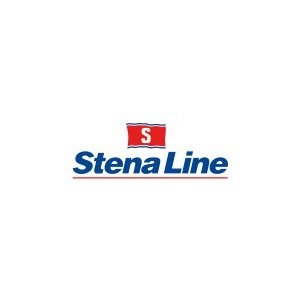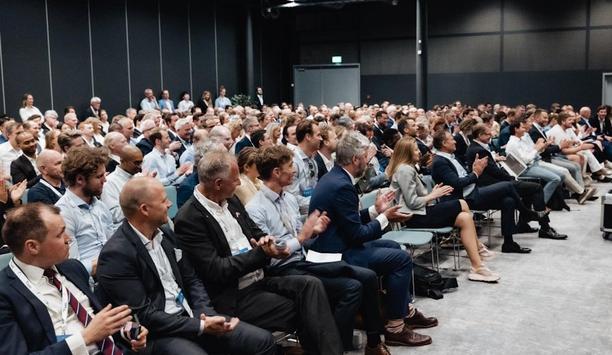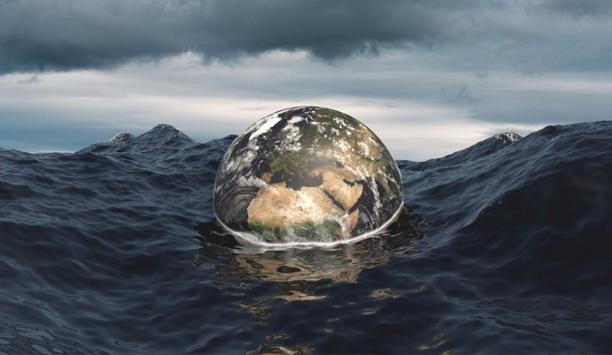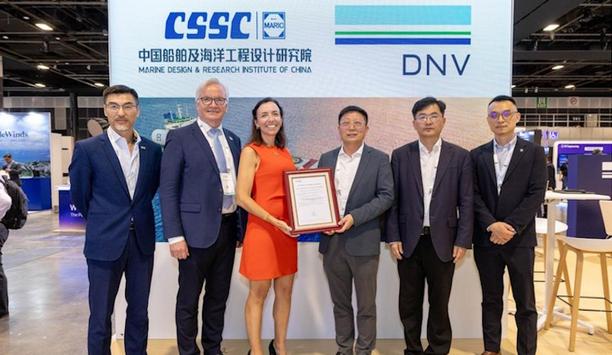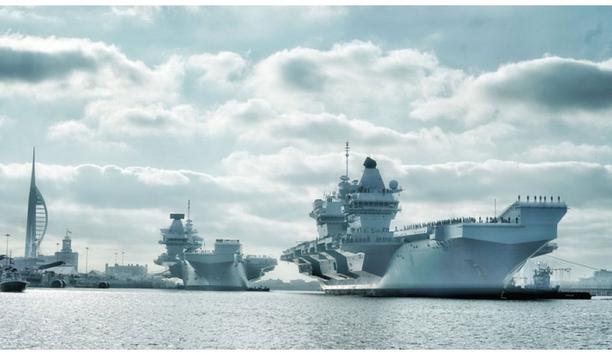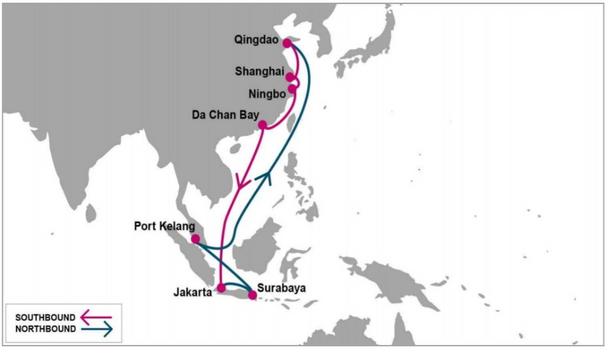In 2020, ferry company - Stena Line continued to reduce its total CO2 emissions and is ten years ahead of the IMO international shipping emission reduction targets. Nevertheless, the Swedish shipping company is now accelerating the transition towards fossil-free shipping and presents its plan to reduce total CO2 emissions by as much as 30% until 2030.
Despite a challenging year, Stena Line continued to reduce its total carbon dioxide emissions in 2020. Emissions also decreased per nautical mile sailed by -2.3%/nm, which shows that the ships have become even more energy efficient in 2020.
Reducing fuel consumption and emissions
We are working hard to reduce our fuel consumption and emissions"
Erik Lewenhaupt, the Group Head of Sustainability at Stena Line, said “We are working hard to reduce our fuel consumption and emissions, while at the same time exploring tomorrow's fuels and technologies. The main drivers behind the reduction of emission in 2020 are that we have introduced three new, and up to 30 % more energy-efficient vessels, on the Irish Sea.”
Erik Lewenhaupt adds, “We have also introduced renewable shore electricity during port calls in Kiel and five more ships in the fleet have been equipped with the AI assistant - Stena Fuel Pilot to support our captains in operating the vessels in the most energy-efficient way.”
Fossil-free vessel - Stena Elektra
Stena Line is already ten years ahead of international IMO shipping emission reduction targets. Even so the Swedish shipping company chosen to accelerate the transition towards fossil-free shipping and plans to reduce total CO2 emissions by 30% by 2030, which will be achieved, among other things, by launching the fossil-free vessel - Stena Elektra on the Gothenburg-Frederikshavn route. By 2050 the shipping company will be completely fossil-free.
Stena Line’s Chief Executive Officer (CEO), Niclas Mårtensson, said “Our ambition is to lead the development towards fossil-free shipping and sustainable transportation by sea. This requires that we need to break our dependence on fossil fuels and start reducing our total emissions, not only become more efficient per sailing and transported unit. Therefore, Stena Line has now chosen to set the ambitious target to reduce our total carbon dioxide emissions by 30% by 2030, because in the end they need be zero.”
Stena Line’s carbon-roadmap
Stena Line has identified four key areas to reduce carbon dioxide emissions by 30% by 2030, in order to achieve the ambitious target to become completely fossil-free by 2050.
Electrification of shipping:
- Stena Line is currently a leader in the electrification of shipping; since 2018 the Stena Jutlandica battery hybrid has operated on the route between Gothenburg and Fredrikshamn. By 2030, the fossil-free ferry Stena Elektra will traverse the entire route on battery power only, a distance of 50 nautical miles.
- Electrification of the port and terminals continued during 2020 and currently 99.8% renewable electricity is used within Stena Line. At 25% of Stena Line’s terminals, the ships connect to green electricity during port calls, which in 2020 reduced Stena Line’s carbon dioxide emissions by more than 13,000 tons, equal to the annual emissions from 7,200 passenger cars.
Exploring alternative fuels:
- In 2015, Stena Line launched the world's first ferry that can run on both diesel and methanol. The unique project at Stena Germanica on the line between Gothenburg and Kiel established methanol as ship fuel.
- Methanol can be produced from natural gas, coal, biomass or CO2. Using methanol eliminates emissions of sulphur and particulate matter almost entirely and nitrogen by 60% compared to traditional ship fuel.
- Stena Line investigates several alternative fuels, such as hydrogen, fuel cells and in 2021, a test is planned with methanol recovered from residual steel production gases.
Modernising the fleet:
- In 2020, three new next generation E-Flexer ferries have started operating on the Irish Sea. The ships are up to 30 % more energy efficient than previous vessels and are “gas ready”, prepared to be converted into gas, or methanol operation. In 2022, another two extended E-Flexers vessels will be delivered to Stena Line.
- Over the past ten years, Stena Line has modernised the fleet through more than 360 small and large efficiency measures. These include actions such as changing bulbs, propellers and rudders, using IoT, such as frequency-controlled ventilation on board and new environmentally friendly Selektope anti-fouling hull coatings.
Artificial Intelligence (AI) onboard:
- Stena Line’s experienced captains have received a new helper on board, the AI assistant - Stena Fuel Pilot, which supports them in operating the ship in the most efficient way. In 2020, Stena Fuel Pilot was installed on five ferries between Sweden and Germany and Sweden and Denmark. The plan is a fleet-wide rollout within two years.
- Stena Fuel Pilot has the potential to reduce fuel consumption by up to 5% per ship per ship and sailing, but further potential for AI support for reduced fuel consumption is being investigated.
Stena Lines sustainability strategy
Stena Lines’ commitment to sustainability centres around five of the UN Sustainable Development Goals directly related to their business - Gender Equality, Affordable and Clean Energy, Responsible Consumption & Production, Health & Well-being and Life Below Water. For each focus, their ambitious targets are defined.

